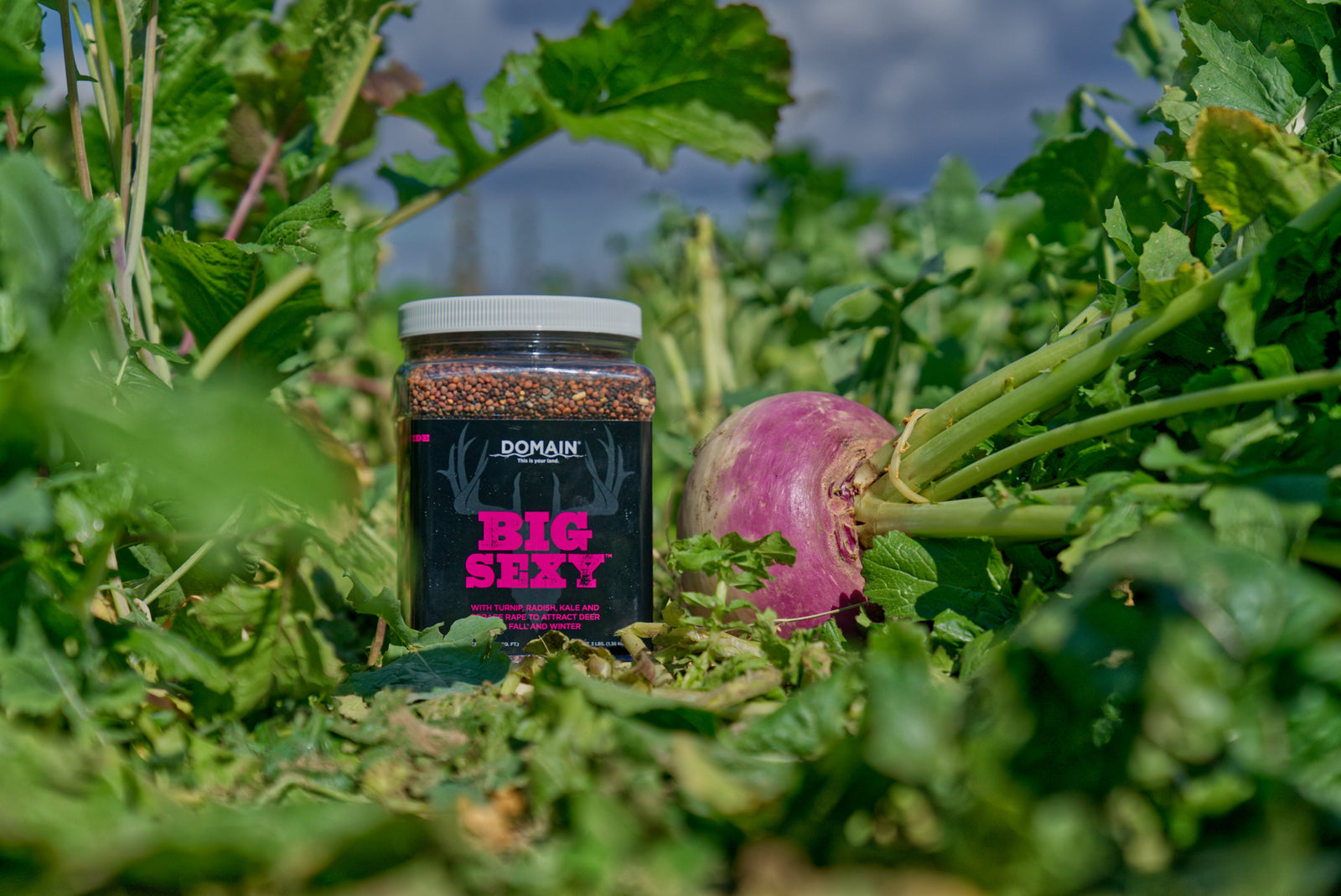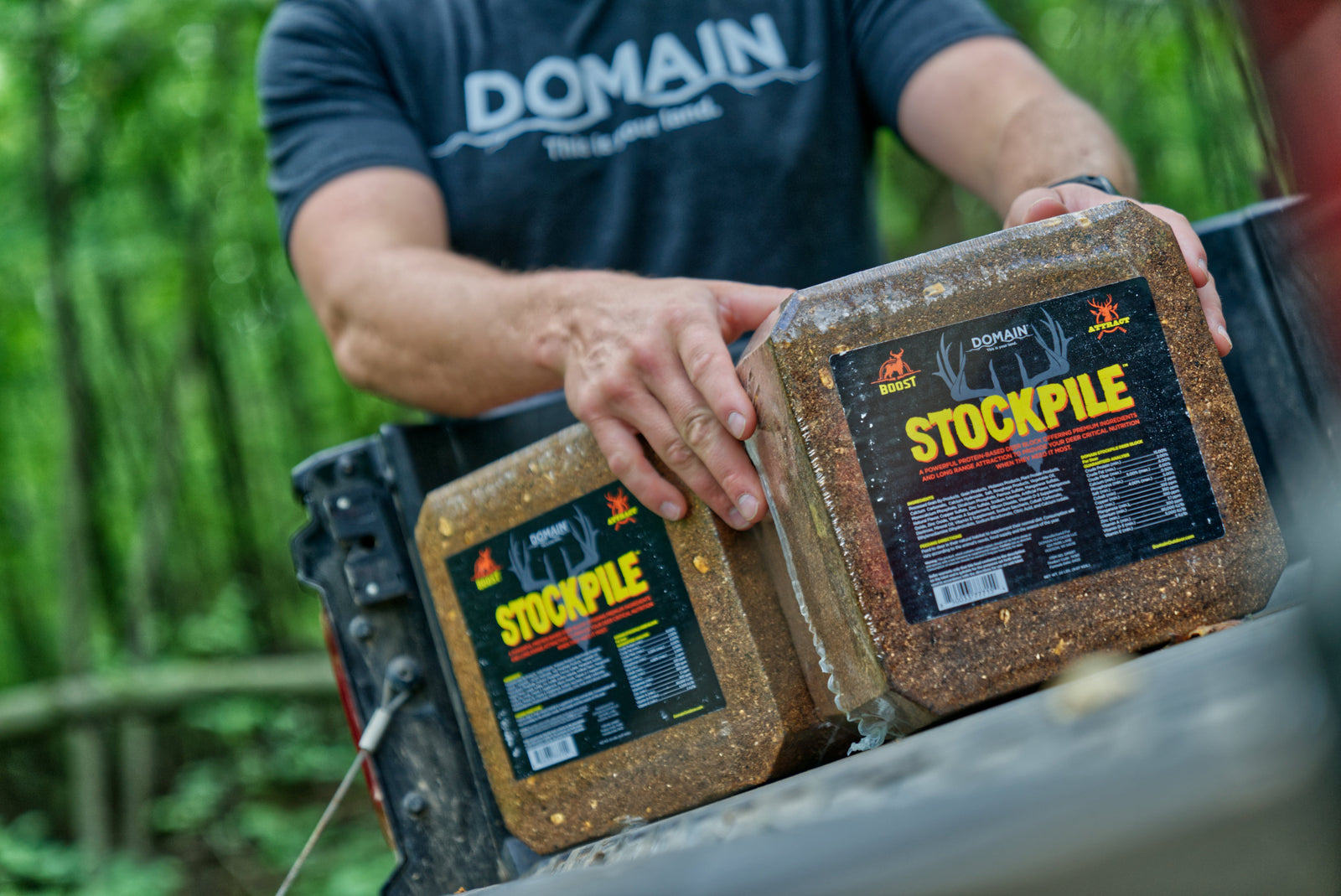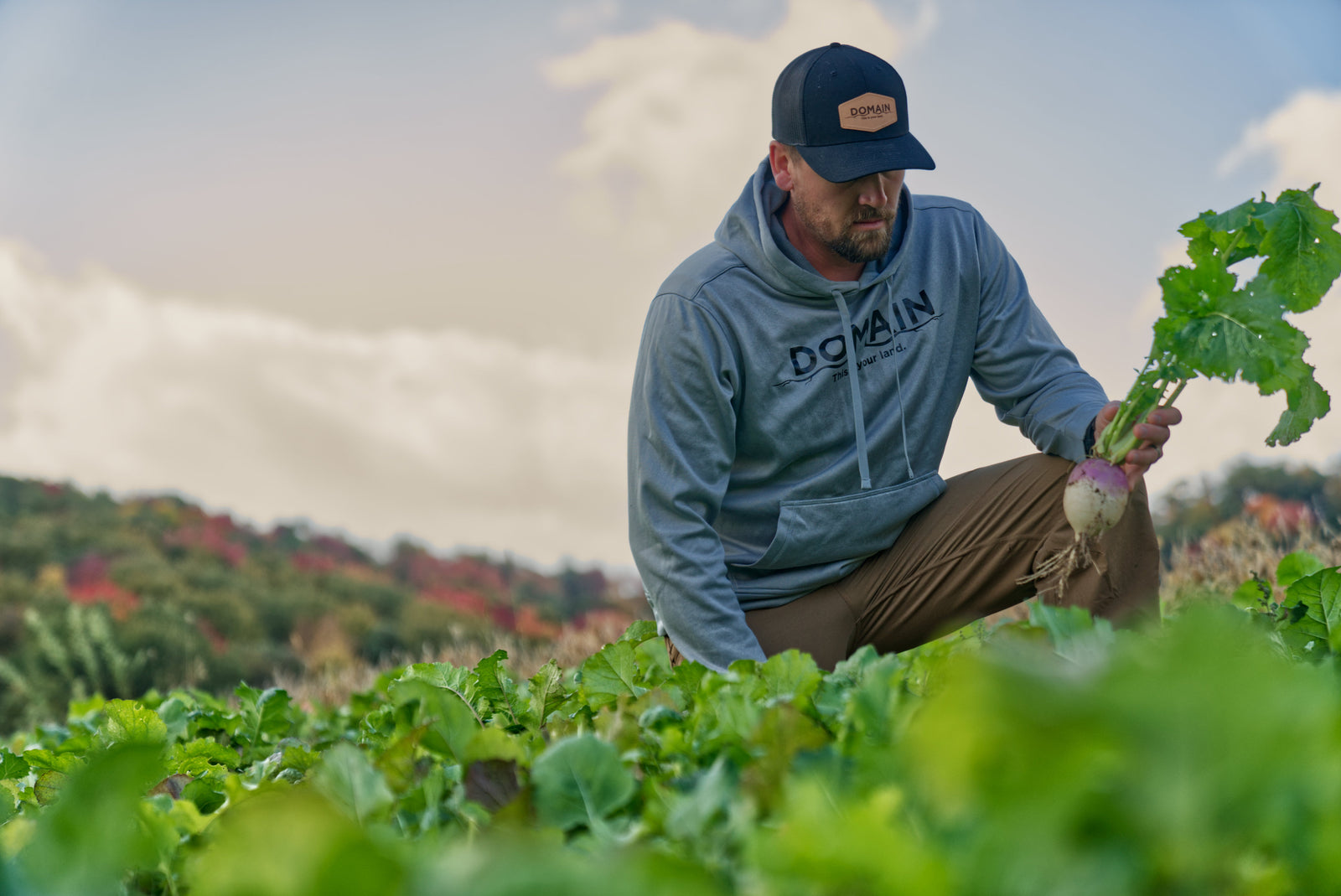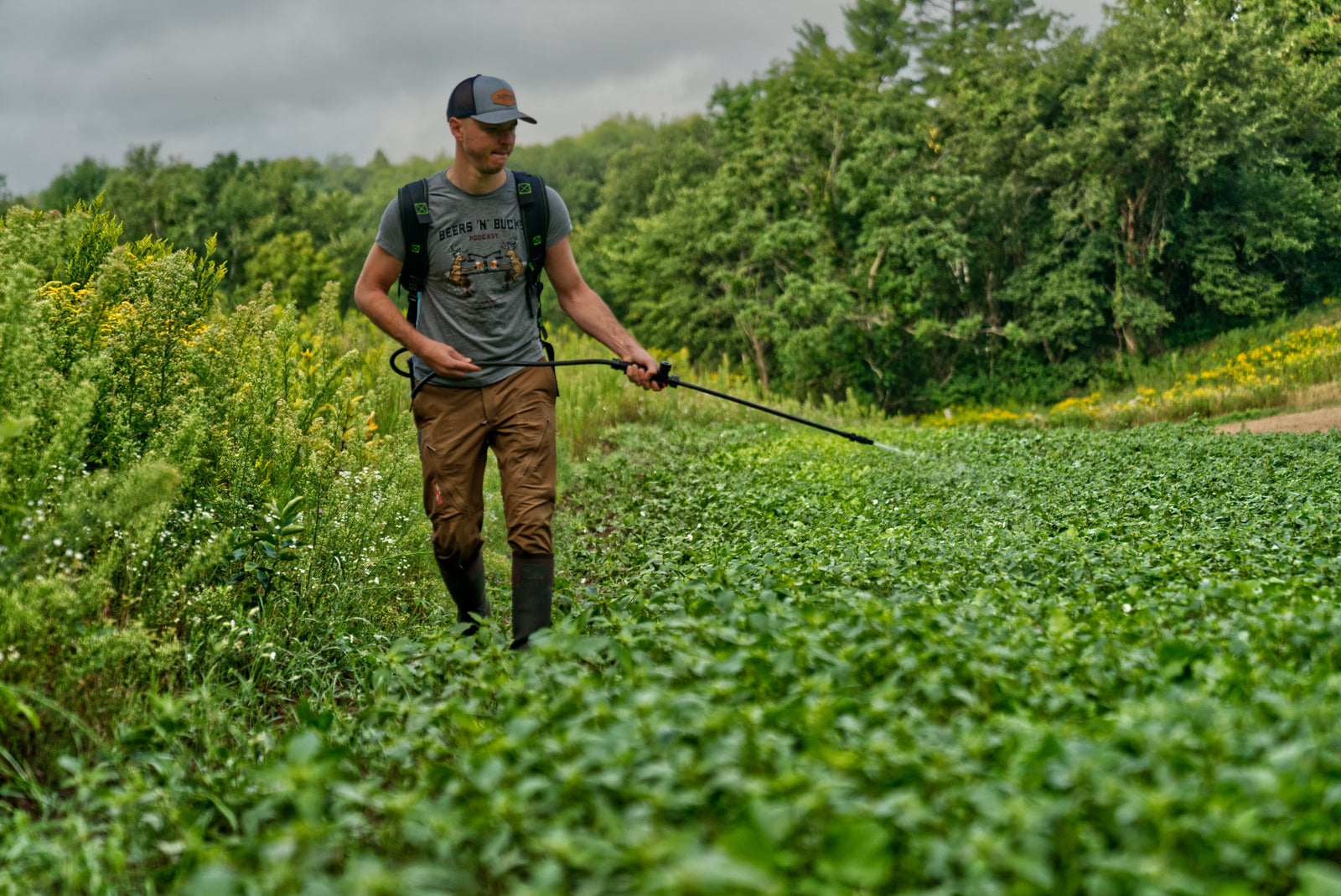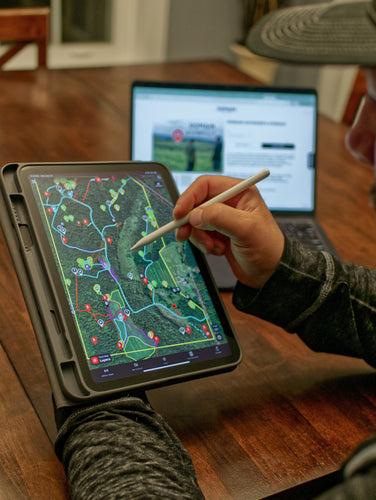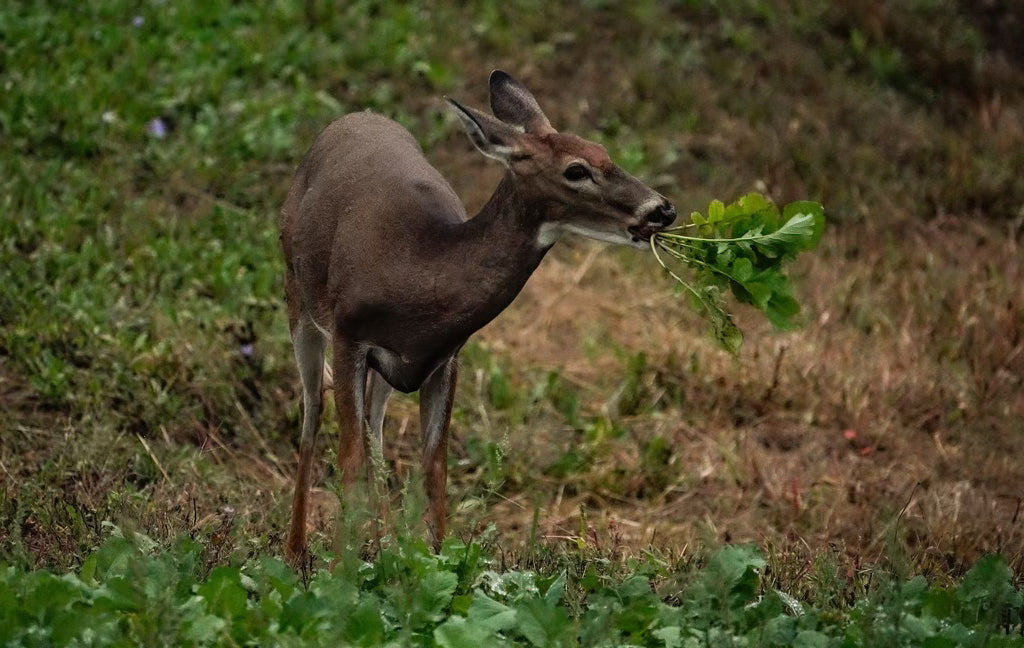Creating a food plot for whitetail deer is one of the most rewarding ways to attract and support wildlife on your property. It provides vital nutrition for deer, enhances hunting opportunities, and contributes to the overall health of your local deer population. Whether you’re a seasoned landowner or just starting out, this guide will help you lay the groundwork for a thriving food plot.
Step 1: Choose the Right Location
The success of your food plot begins with location. Look for an area that receives plenty of sunlight (at least 4-6 hours per day) and has good soil drainage. Ideal spots include:
-
Edges of wooded areas or existing trails
-
Low-traffic zones where deer feel safe
-
Locations close to water sources
Start small if you’re new to food plots. A quarter-acre to one-acre plot can make a big impact when strategically placed.

Step 2: Test and Prepare the Soil
Healthy soil is the foundation of any successful food plot. Begin by testing your soil’s pH and nutrient levels. Soil test kits are inexpensive and widely available, or you can send a sample to a local extension office for analysis.
Once you have the results:
-
Adjust the pH by adding lime if necessary (deer food plots thrive in soils with a pH of 6.0-7.0).
-
Apply fertilizer based on the nutrient deficiencies identified in your soil test.
-
Clear the area of rocks, roots, and weeds to prepare for planting.

Step 3: Select the Right Seed Mix
The seed mix you choose should align with your goals and the conditions of your property. At Domain Outdoor, we offer high-quality food plot seed mixes tailored to various environments and deer needs. Some popular options include:
-
Annual mixes for quick results (e.g., oats, wheat, and brassicas)
-
Perennial mixes for multi-year production (e.g., clover and alfalfa)
-
Blends that combine the benefits of both
When in doubt, contact us at info@domainoutdoor.com. We’ll help you build a custom Growers Guide to ensure you’re planting the perfect mix for your land.

Step 4: Plant at the Right Time
Timing is critical when establishing a food plot. Cool-season plants like clover and brassicas are best planted in late summer to early fall, while warm-season options such as soybeans and corn should be planted in the spring. Follow the seed mix instructions for planting depth and spacing, and be sure to account for your region’s climate.
Step 5: Maintain Your Food Plot
Once planted, your food plot will require regular maintenance to thrive. This includes:
-
Weed control: Remove competing vegetation to ensure your plants receive enough sunlight and nutrients.
-
Fertilization: Reapply fertilizer as needed to promote growth.
-
Monitoring: Keep an eye out for signs of overgrazing or damage and adjust your strategy accordingly.
Need Help? We’ve Got You Covered
If you’re unsure where to start or need guidance along the way, Domain Outdoor is here to help! Contact us atinfo@domainoutdoor.com for personalized advice and to build a Growers Guide tailored to your property.
For more in-depth support, check out ourE-Consult Program. You’ll gain access to one-on-one consulting time, exclusive deals, and expert recommendations to ensure your food plot is a success.Learn more and book your consultation here.
Final Thoughts
Starting a food plot for whitetail deer is a journey that requires patience, effort, and proper planning. By following these steps and seeking guidance from experts, you’ll be well on your way to creating a habitat that benefits both wildlife and your hunting experience. Ready to get started? Domain Outdoor is here to help every step of the way.

